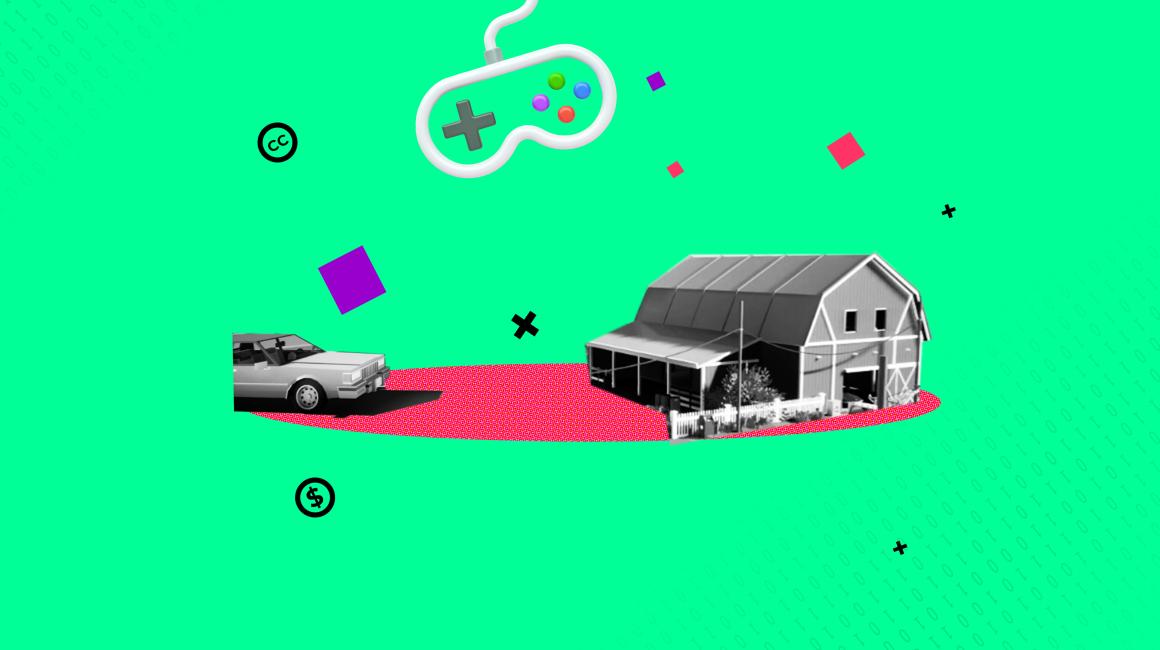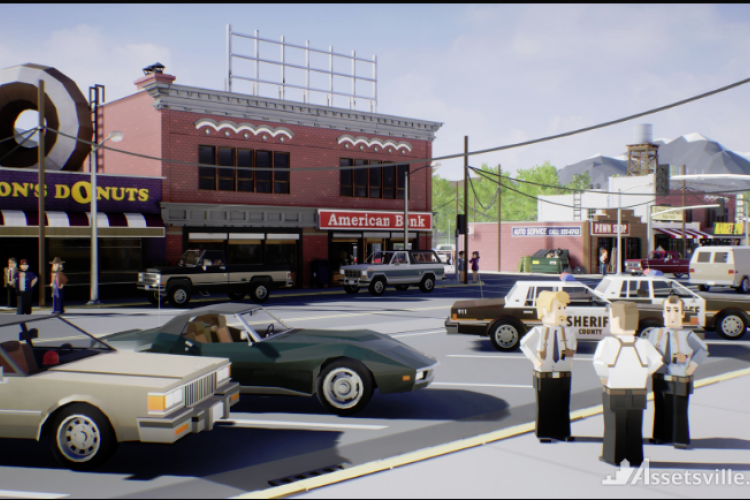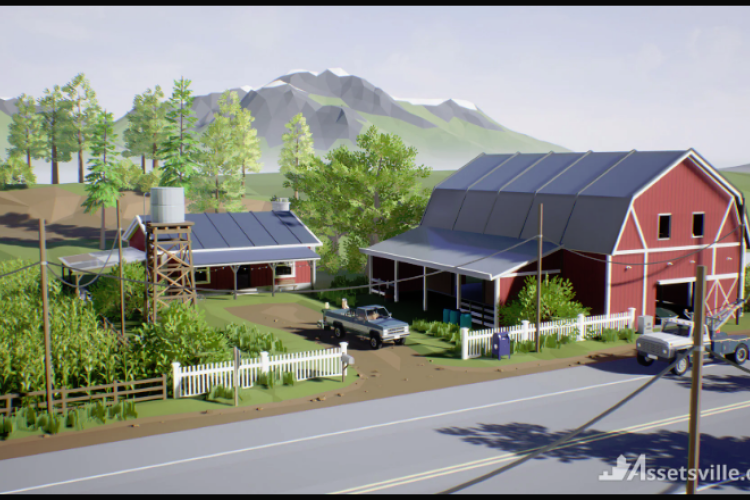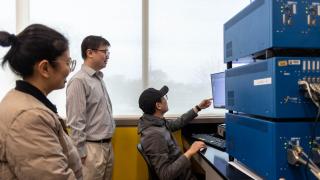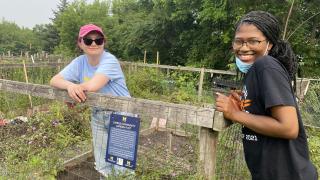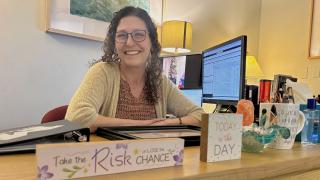Cats About Town is a great example of how the growing universe of free or open resources is changing the scope of what engineering and computer science students can tackle in the classroom. Right now, for example, another set of Maxim’s students are working on an ambitious VR project that would have been out of reach a few years ago. The big breakthrough was finding a free base VR project, made by the game engine Unreal, that preconfigures much of the VR hardware integration. This makes it fairly easy now to strap on a pair of VR goggles and quickly demo an idea you’re working on in the VR environment before you commit a ton of time to it. Typically, Maxim says it might have taken students months just to figure out some of those hardware issues, so now they have more time to work on the creative parts of the game. For him, the fact that free resources allow students to take on more advanced projects is a huge plus when it comes to student learning and satisfaction. But he says it’s an approach that carries some nuance. For starters, anytime you’re building your work off someone else’s, especially in an academic context, there’s the issue of attribution. For this reason, Maxim typically kicks off his game design course with a discussion of intellectual property and academic integrity. The key lesson he stresses is that unless something is entirely your work, you’re going to be doing some attribution, typically either in a comment right in the code or in the development notes that accompany the game. Of course, you also have to be able to show that a particular resource was indeed OK for you to use, say, via an open source or creative commons license, or that the creator gave you permission to use it. Just because you found it on the internet, doesn’t mean it was actually free or open.
Maxim says it’s not just an issue of academic provenance either. Not citing where you got something can create a waterfall of consequences. For example, if you make something really great, and you end up wanting to commercialize it, a company is going to need to know that everything was used legally. It’s also a big deal in terms of cybersecurity. “There are plenty of examples of people building off of open source products that have known defects or security vulnerabilities. And unless you mention, say, what version of a product you’re using, it’s really easy to forget about it, and then when somebody discovers a security issue, now it’s not so easy to trace it back or implement a fix.”
Faculty researchers are also reaping the benefits of this expanding universe of free and open resources. When we caught up with Georges Ayoub, assistant professor and director of the Human-Centered Engineering Design program, he wasn’t short on examples of free stuff he uses routinely in his research. Ayoub does a lot of work with simulations, and there’s an open source tool from Los Alamos National Laboratory that he uses to code complicated subroutines, which help him create mathematical representations of mechanical problems. Another piece of software, ATEX, he calls downright “amazing.” Developed by a team of French researchers, this standalone software can take data collected from tools like X-Ray diffraction instruments or scanning electron microscopes and make them much easier to interpret. It’s all saving Ayoub a ton of time — and money. For example, the proprietary alternative to the Los Alamos tool is ABACUS, a license for which costs $6,000. “And that’s just for one year,” Ayoub says. “Now say you have a project that lasts five years, and you have five students working on that project, and they each need a license, that’s a huge chunk of your research budget.” Not only that, but Ayoub says open source tools can sometimes help speed up the process of validation, because anyone can download the exact same tools for free.
Ayoub says using open source or free software can come with some tradeoffs. For starters, open tools tend to be a little buggier than the paid alternatives, and their user interfaces typically aren’t as slick. It also takes a fair bit of knowledge of coding and advanced mathematics to get them to perform the way you want them to. But he’s also found it’s not usually hard to get help when you need it. Most of these tools, after all, are developed by researchers just like him who are also trying to advance their disciplines. Recently, when he was having a problem with a bug in ATEX, he just sent an email to one of the researchers who’d created it. “They were amazing. They said, ‘Oh yeah, we know about it, we are working on a fix, I will send you the beta version next week.’ And they did! I mean, even if you pay, sometimes you don’t get that kind of service. So it just shows you there is a community of people who are willing to share their expertise or data, because that kind of sharing helps us all move science forward.”
###
Are you doing something interesting with open or free resources in one of your classes? If so, we’d love to hear about it. Email us at [email protected]. Story by Lou Blouin.
